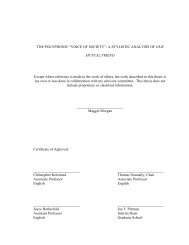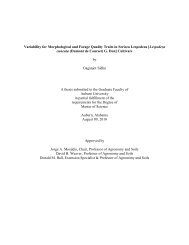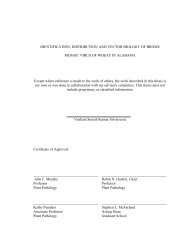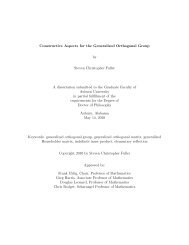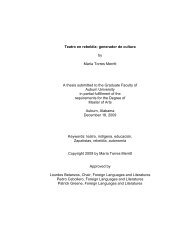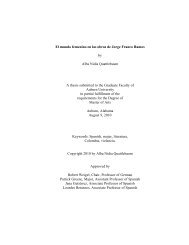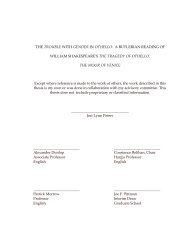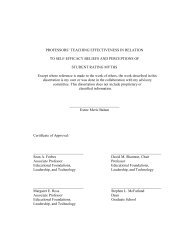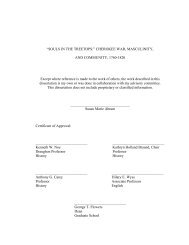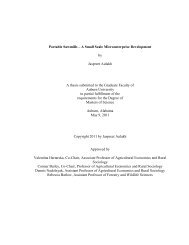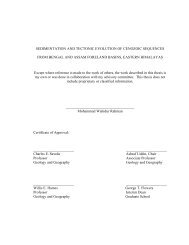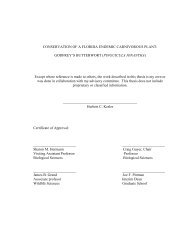Enhanced Polymer Passivation Layer for Wafer Level Chip Scale ...
Enhanced Polymer Passivation Layer for Wafer Level Chip Scale ...
Enhanced Polymer Passivation Layer for Wafer Level Chip Scale ...
You also want an ePaper? Increase the reach of your titles
YUMPU automatically turns print PDFs into web optimized ePapers that Google loves.
the bumping pads. The peak temperature should be high enough <strong>for</strong> good wetting, but<br />
it should not be so high as to cause assembly damage or excessive intermetallic<br />
growth, which reduces the solder joint fatigue resistance and makes the solder joint<br />
brittle. In the cooling phase the parts should be cooled down as fast as possible in<br />
order to acheive small metal grains and hence a higher fatigue resistance of the solder<br />
joint. Too slow a cooling ramp will decrease the strength and give the joint a rough<br />
surface. In addition, reflow in nitrogen can help to prevent oxidation of the solder ball<br />
surface [73-74]. A nitrogen purged Heller 1800 reflow oven with nine heating zones<br />
was used <strong>for</strong> this work.<br />
- Reflow profile: The reflow profile is one of the important variables that significantly<br />
impacts product yield in the manufacturing process. In soldering, it is a complex set<br />
of time-temperature data related with an objected heat up and cool down. It is often<br />
measured as temperature values <strong>for</strong> a variety of process dimensions including slope,<br />
soak, time above liquidus, and peak [75]. Figure 3.17 is the reflow profile used in this<br />
research to <strong>for</strong>m the solder joint on the wafer that met the requirement provided by<br />
the solder sphere vendor.<br />
66




